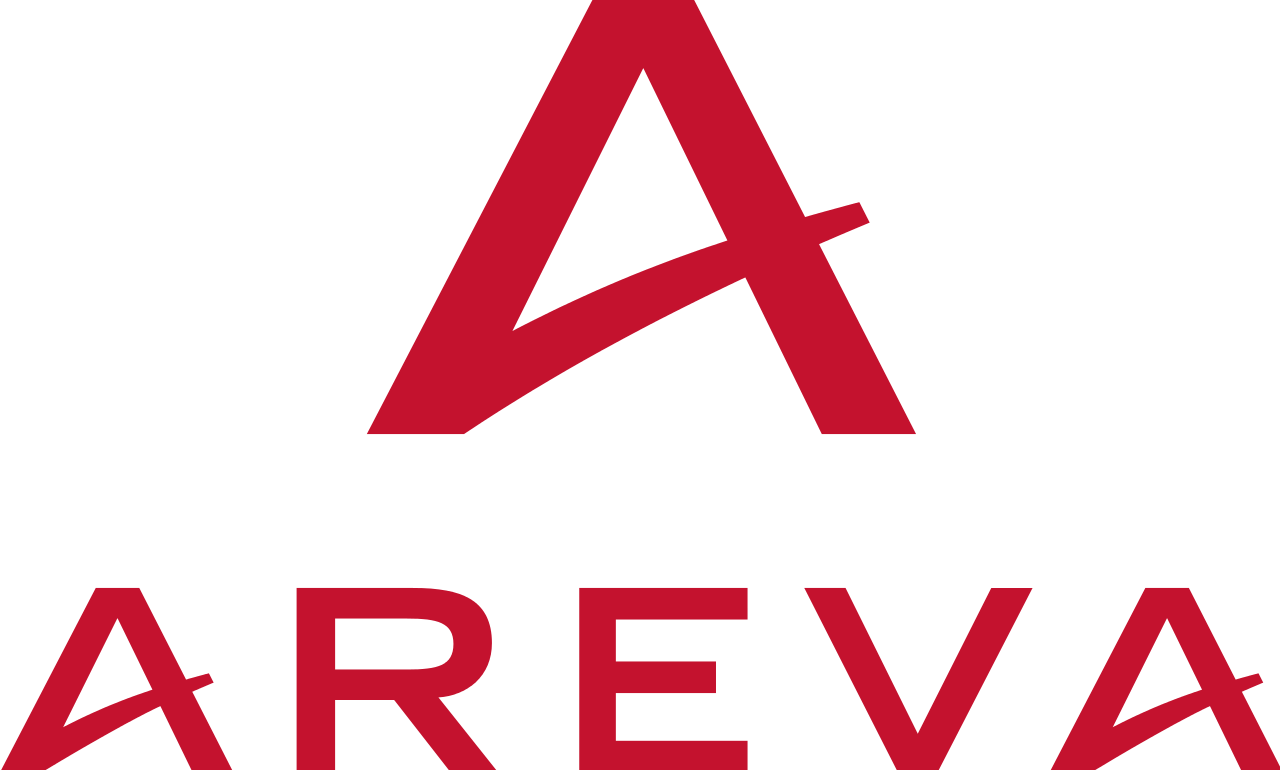5/10/2012
More About
More About
To find out more on how AREVA’s Safety Alliance program supports utilities worldwide in enhancing plant safety:
Contacts
Contacts
- Industry Trade News:
Caroline Sagne
Tel: +33 1 34 95 90 12
email: tradepress@areva.com - AREVA Investors Relations:
Marie de Scorbiac
Tel: +33 1 34 96 05 97
email: marie.descorbiac@areva.com
